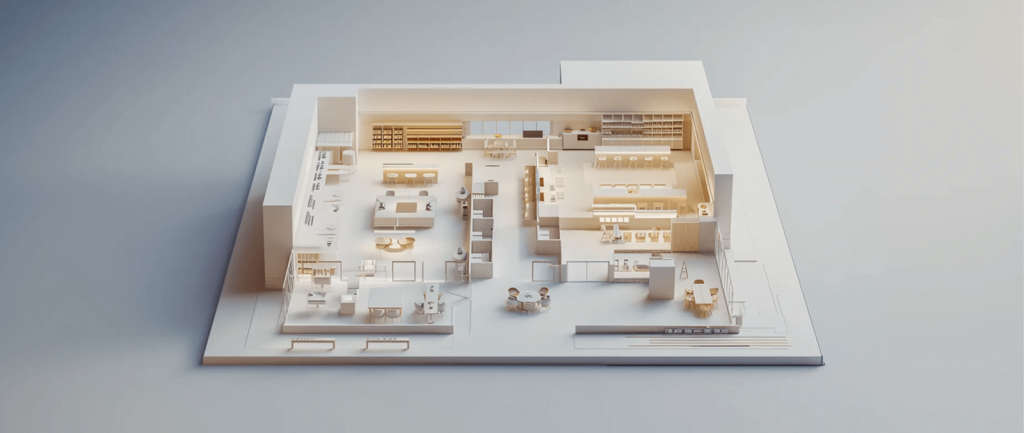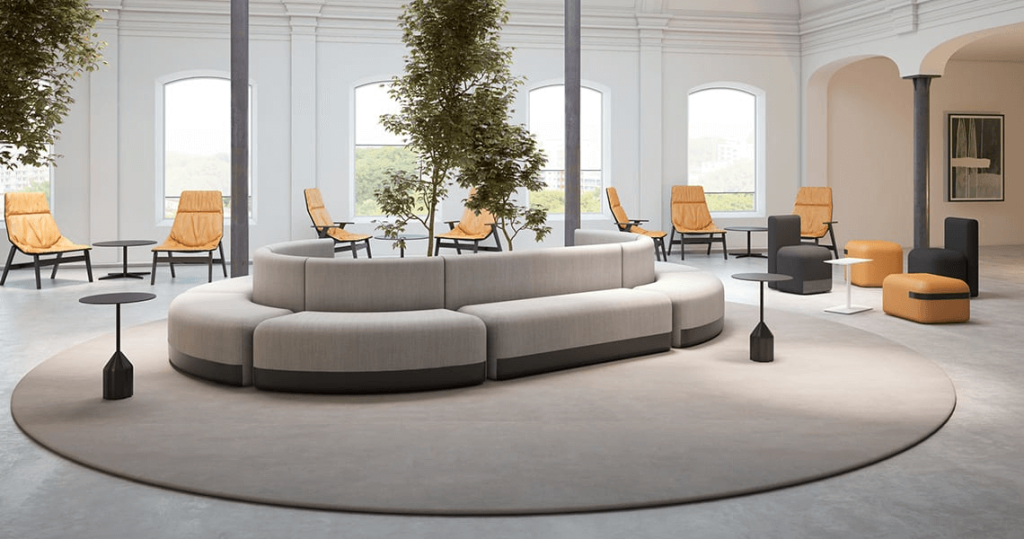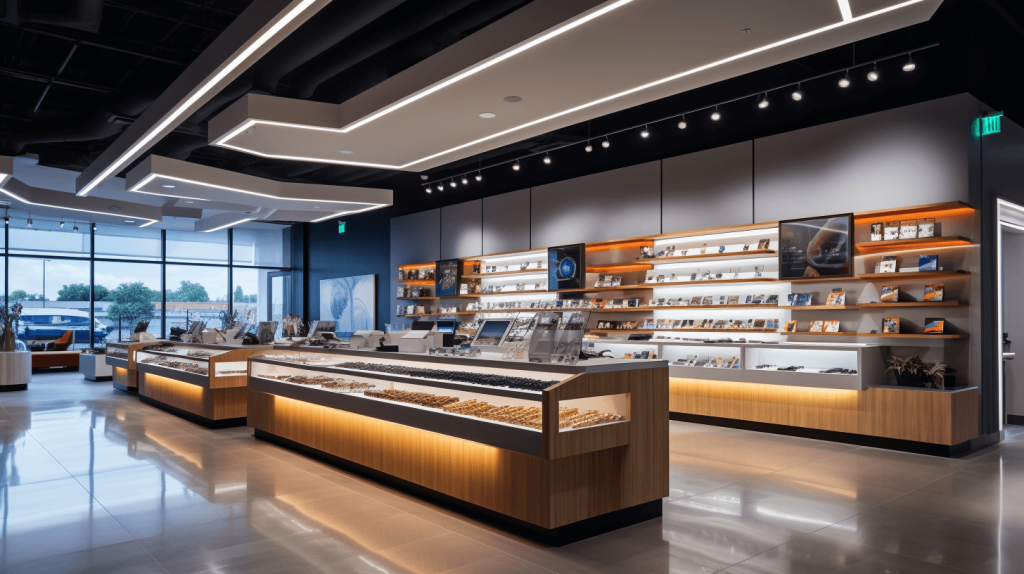
Author: Arti Devmurari
Published: July 11, 2025 | Updated: July 30, 2025In today’s competitive retail environment, a small space doesn’t have to mean limited potential. With clever design and strategic planning, even the most modest store can generate impressive revenue and deliver an exceptional customer experience. This guide offers essential tips to help you make the most of your small retail space, transforming it into an inviting and profitable destination.
Small retail spaces can be a challenge—but with the right layout and design strategy, they can also become highly efficient and visually appealing. A well-organised store not only boosts foot traffic but also increases the average order value and overall customer satisfaction. Studies show that a clear and thoughtful layout significantly influences purchasing decisions. When customers feel comfortable navigating your store, they’re more likely to stay, browse, and ultimately make a purchase.
Design Tip: Consider the “less is more” approach. A clutter-free, organised space makes it easier for customers to find what they’re looking for, encouraging longer browsing times and more impulse buys.

The foundation of an optimised retail space is a well-planned layout. Different layouts suit different types of stores:
Design Tip: Position high-demand and impulse-buy items near the checkout to encourage last-minute purchases and improve the overall flow of the store.

When floor space is limited, it’s time to think vertically. Using wall-mounted shelves, tall racks, and hanging displays can free up valuable floor space while showcasing your products effectively. Vertical storage not only keeps the store organised but also creates visual interest.
Design Tip: Incorporate reflective surfaces like mirrors to create the illusion of more space and to add depth to your displays.

Investing in versatile fixtures can transform the way you use your space. Multi-purpose furniture, such as foldable tables, adjustable shelving, and modular displays, allows you to adapt your layout as needed. These elements not only save space but also provide flexibility during busy periods or special promotions.
Design Tip: Choose fixtures that offer hidden storage options to keep clutter at bay, ensuring a clean, minimal look that appeals to customers.

Lighting and colour are essential in making a small space feel open and inviting. Bright, warm lighting enhances visibility and creates a welcoming atmosphere, while strategic accent lighting can draw attention to key products. Similarly, a neutral colour palette with subtle accent colours can make a space appear larger and more cohesive.
Design Tip: Use dimmable LED lights to adjust the ambience throughout the day, ensuring the space is always perfectly lit. Consider a “feature wall” painted in a bold yet complementary colour to add visual interest without overwhelming the room.

In a small retail space, every item on display should have a purpose. A minimalist design approach ensures that products are presented clearly, reducing visual clutter and helping customers focus on what matters most. Limit decorative elements to those that enhance the overall aesthetic, and choose transparent or open fixtures that maintain an airy feel.
Design Tip: Regularly review your inventory displays and remove outdated or excess items to keep the space fresh and inviting. Implement a “less is more” strategy to allow each product to stand out.

Optimising a small retail space isn’t just about aesthetics—it’s about driving profitability. By strategically placing products, creating engaging displays, and ensuring a smooth customer flow, you can significantly boost both foot traffic and sales. Incorporate digital tools like QR codes that link to product details or special promotions to further enhance the shopping experience and encourage impulse buys.
Design Tip: Use signage that clearly directs customers to featured areas or promotions, making it easier for them to navigate your space and discover new products.

Optimising a small retail space is about creating an environment where every inch counts. With smart layout planning, vertical storage solutions, versatile fixtures, strategic lighting, and a minimalist design approach, you can turn even the smallest store into a profitable and engaging space. Embrace these strategies to boost customer satisfaction, increase average order value, and ultimately, drive greater revenue.